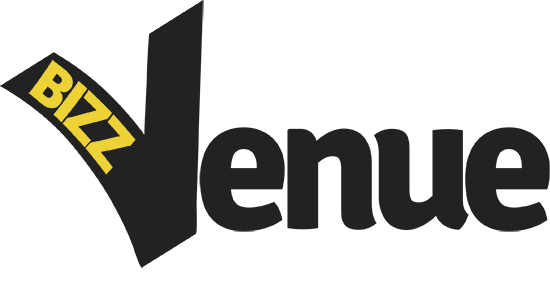
“You must sleep sometime between lunch and dinner… Don’t think you will be doing less work because you sleep during the day. That’s a foolish notion held by people who have no imaginations. You will be able to accomplish more. You get two days in one — well, at least one and a half, I’m sure.” – Winston Churchill
Gone are the days when napping at work was for the lazy and hungover. It used to be that napping at work without feeling some sense of fear or guilt took a Ferris Bueller-level of bravery and cunning. The only reasonable solution to that midday slump was caffeine, which has actually been proven to reduce emotional intelligence. However, companies are beginning to see that being tired at work is more of a physiological deficit than a product of just being plain lazy.
Japan has been implementing the power nap at work for a while now. The practice is referred to as “Inemuri” or “sleeping while present.” It’s interpreted as a sign that the employee has dedicated so much of their life to their job that taking a quick nap at work is necessary. Supposedly some Japanese employees fake sleeping on the job to try to impress their superiors.
Companies in the US are beginning to de-stigmatize the workday power nap. It’s not terribly uncommon to see a co-worker snoozing on the couch in the break room (inconvenient when you want to watch some TV, but not uncommon). Larger companies are even making their facilities more accommodating to employees who need a few winks here and there to get through the day.
Zappos.com, the online apparel retailer, has been heralded as a business that’s established a strong and beneficial company culture, cultivating notoriously great customer service. The company has offered a nap room to its employees for years. Coincidence? I think not. “It was born from our focus on employee happiness and wellness,” says a representative. “We know how much sleep impacts well-being.” Zappos first furnished their nap room with couches and recliners then upgraded to fancy sleeping pods. Employees actually preferred the couches, so they soon switched back. Other companies that provide napping facilities are Google, Nike, Ben and Jerry’s, AOL, and the sleep pod’s manufacturer Metronaps (it would seem cruel and unusual for them not to).
NASA (maybe you’ve heard of them) has done research on the practice of napping. What they found out was that just 26 minutes of napping during the day can improve job performance by 34%. They also found that napping significantly increases “working memory,” or “the ability to focus attention on one task while holding other tasks in memory,“ an integral skill when it comes to being able to multi-task. Additionally, napping provides increased alertness that stays with an individual for the next few hours.
Instead of offering free coffee to their employees (socially-accepted drug pushing, in my opinion), companies should invest in setting up a work nap facility. Even if that facility ends up just being a room with a bunch of smelly bean bags in it. You gotta start somewhere.
____________________________________
This guest post was written by Reed Parker. Reed writes about nothing in particular. He just wants to feel better about getting an English degree.
Also, be sure to check out Reed’s Twitter profile and follow him if you want to get awesome content in your feed.
If you would also like to write a guest post and be featured on Bizzvenue.com, check out our “write for us” page.



